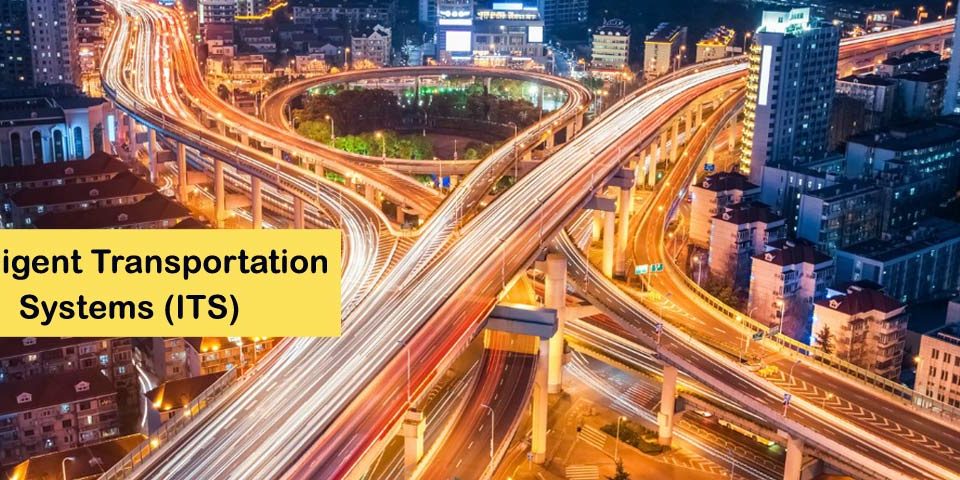Intelligent Transportation Systems (ITS)
By Dr. Solmaz Rezaei
Ph.D. in Geography and Urban Planning
In 1960, as a means of traffic control the first traffic light was installed and used in London for parliament members. In 1920, the first traffic light- based on its current definition- was used in United States. In fact, such measures contributed to use of intelligent traffic control systems. Gradually and following increasing public requirement of fast, reliable and cheap transportation, necessity of increasing transportation facilities was vivid. To address the requirement, significant investments were needed and in terms of period of implementation those projects were time-consuming. Based on above-mentioned reasons and considering significant limitations of implementation of such projects, intelligent transportation systems have drawn the attention of and have been used in different countries since optimal solutions were needed and many transportation and traffic related problems had be addressed.
Intelligent transportation system (ITS) includes a set of elements such as intelligent tools, modern hardware, software, and communication technologies and different expertise. These elements interact with each other to enable transportation of travelers and cargoes by adapting to new conditions and to improve function of transportation network by analysis of existing information. Based on previous reviews, there are tens of different definitions of ITS each of which address a definite aspect of the subject. However, the most significant common aspect of all of those definitions is direct and critical interaction of communication sciences and information technology with traffic and transportation knowledge. Intelligent transportation system provides necessary condition for integration of transportation systems which are made up of networks, vehicles, travelers and cargoes. The coordination made by intelligent transportation system promotes efficiency of economic, safety and environmental aspects and increases the effectiveness of transportation systems as perceived by users and developers of transportation of cargoes and travelers.
Using ITS, one could efficiently manage different aspects of transportation such as:
– Road accident control.
– Support of emergency vehicles.
– Support of pedestrians.
– Heavy transportation control.
– Flow lubrication and traffic flow optimization.
– Public transportation includes buses, metro, taxi and …
– Reception of various transportation-related tariffs.
– Optimization and intelligent use of parking lots.
Proper management of above aspects increases citizens’ satisfaction, safety of transportation and its efficiency while it reduces different types of environmental pollutions. Since top global technologies are used, employment in ITS domain increases too.
Intelligent transportation systems use different tools for collection and analysis of information. The tools are categorized into means of data collection, service means and traffic management equipment. The data collection means include traffic monitoring tools such as closed-circuit television camera (CCTV), speedometer cameras, laser mapping of crash scenes, automobile license plate recognition systems, different types of traffic flow detectors (induction rings, magnetometer, thermal sensors), weigh-in-motion systems for heavy vehicles, climate sensors and road sensors. The service means include intelligent traffic light systems, variable message signs (VMS), traveler assistant radio (TAR), advanced traveler information systems (ATIS), ramp control system, and variable speed limit among others. The means of traffic control are communication devices, software and tools, and mean of organization and flow of information.
The use of all of above-mentioned means in an acceptable structure contributes to efficiency of transportation systems, saving of human resources, and prevention from typical human errors. On the other hand, reduced time of traveling, lower number of accidents, and delivering the information of best and most secure path to travelers, reduced fuel consumption and air pollution are other desirable and expected effects of an ITS system. For instance, a 20-year research conducted on effects of using ITS in Indian city of Lucknow suggested that costs of accidents, fuel waste, maintenance costs and emergency costs reduced 44, 6, 5 and 4 percent respectively while time saving increased by 41 percent.
Similarly in Iran, the use of ITS in different projects has drawn sufficient attention. However, due to insufficient inter-sector coordination, the obtained results are not as perfect as expected.


